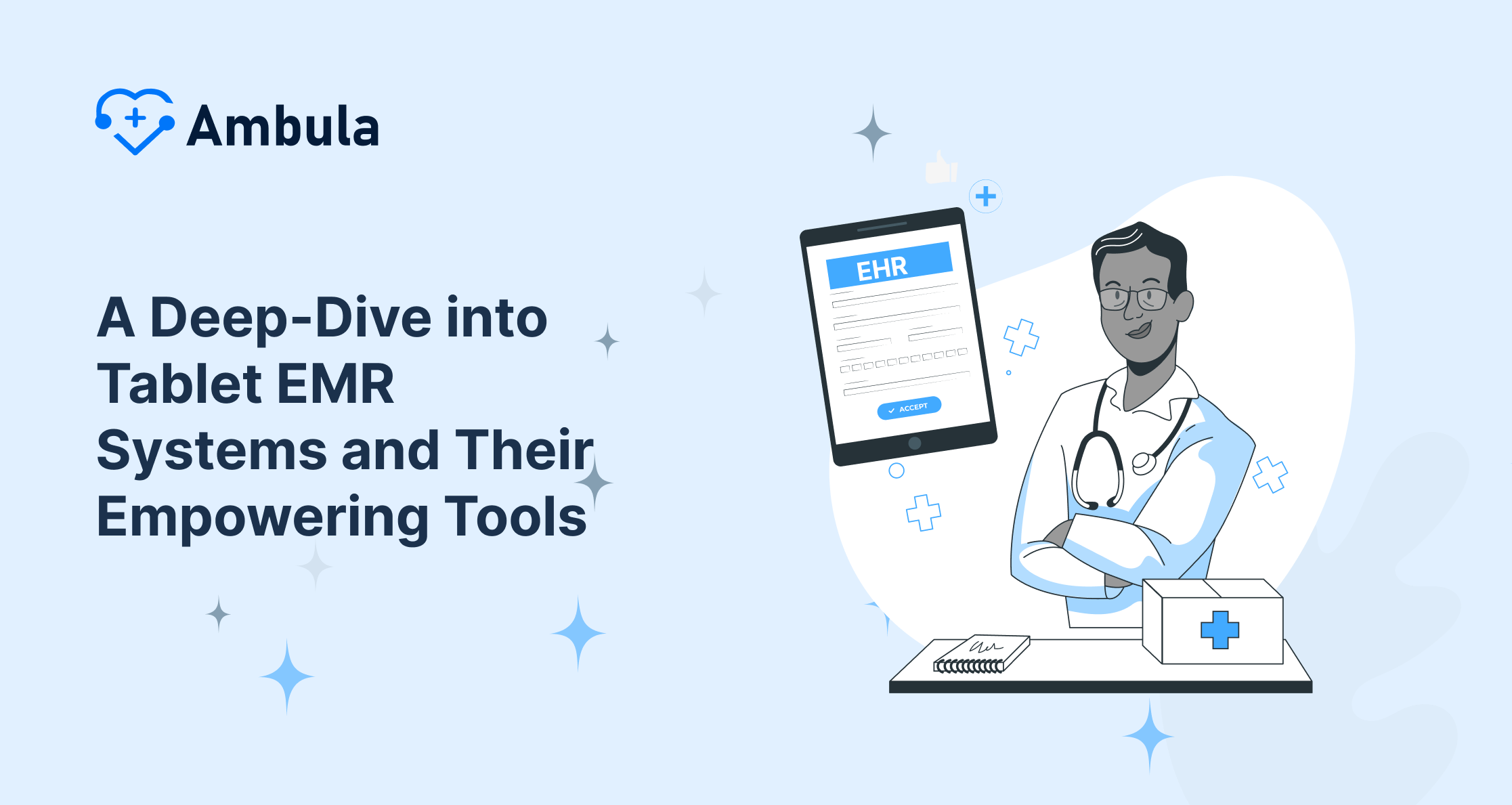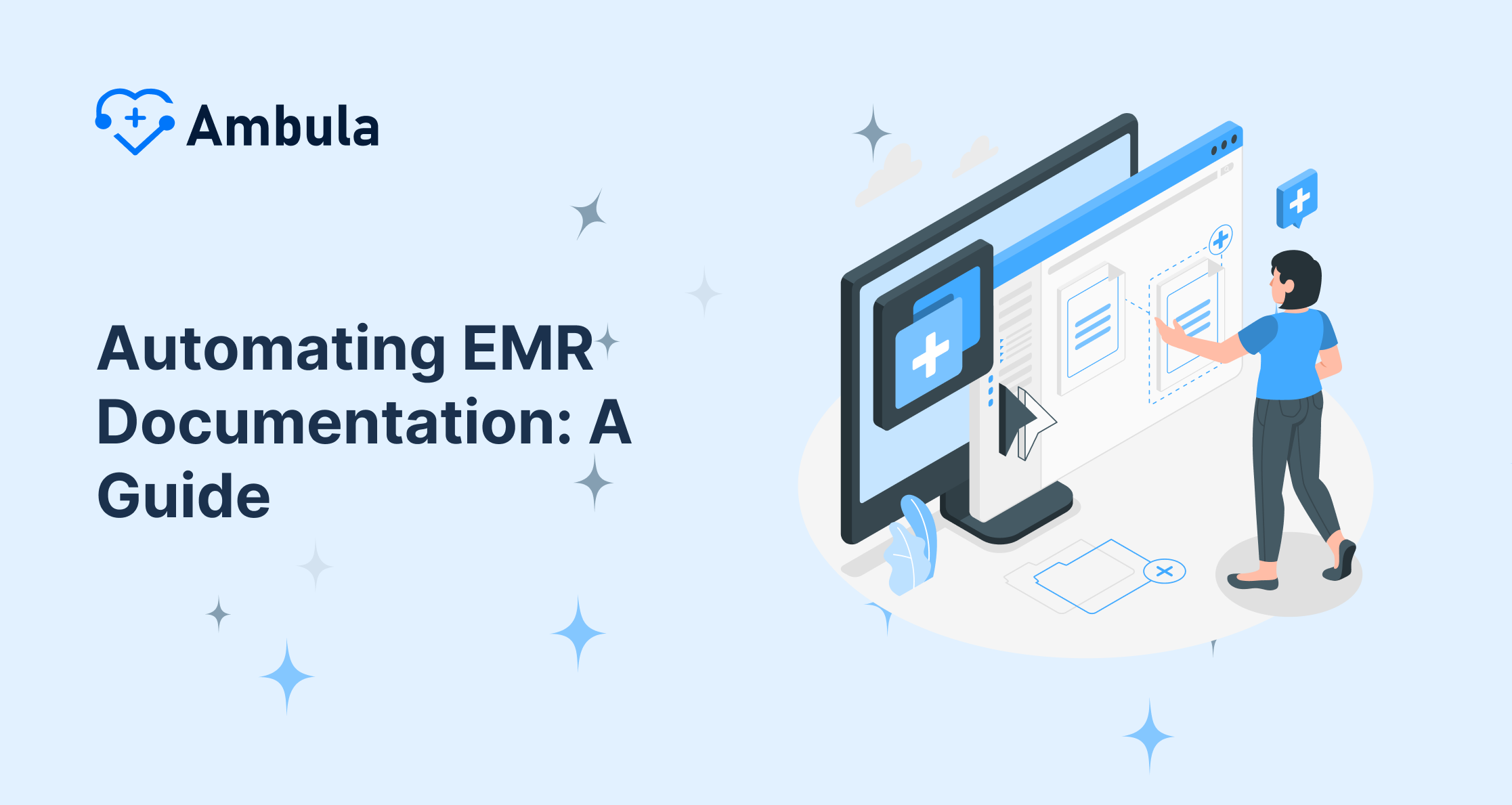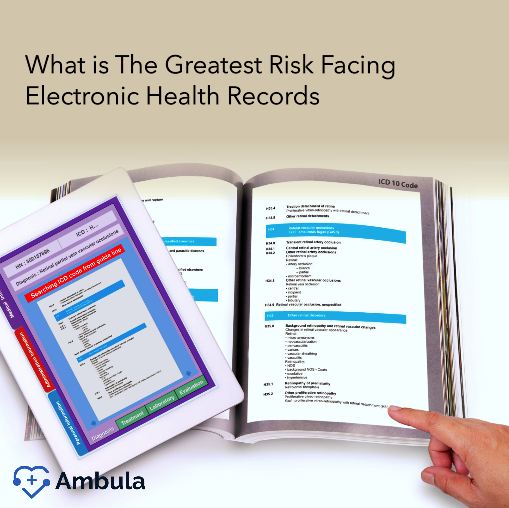Topics:
- Criteria for a Successful EMR System
- How a successful EMR system makes your practice efficient
- Support and performance expectations with EMR
- Implementation of an EMR system
You’ll understand the criteria for a successful EMR system before you choose your EMR system to stay on the right track. So, before you start your EMR search, you must know what a functional system looks like. A good EMR should be able to offer you the following:
- Health record of data and information: storage, practice management system, or extraction.
- Result management: a good EMR allows you to manage the test results.
- Order management: this leads to the electronic processing of prescriptions and orders.
- Decision support: you will receive warnings of possible risks and gain data to help you make clinical decisions.
- Electronic connectivity and communication: to connect and communicate with providers.
- Patient support: offer patients data and enable them to connect with you.
- Administrative reporting and processes: patient management features like scheduling and billing.
- Population health and reporting: share and produce reports on clinical information related to patient population health.
Check out these articles after you’re done
- What are asc EMR requirements?
- What is meaningful use of EHR?
- Challenges of implementing EMR system

Criteria for a Successful EMR System
Usability
The EMR system should be easy to use for all staff members, including those who are not tech-savvy. This is important because staff members will need to be able to use the system to access patient information, enter notes, and order medications. The system should be intuitive and easy to navigate. It should also have a robust help system that staff members can access if they need assistance.
Functionality
The EMR system should provide all of the features that are needed to support clinical care. This includes features such as:
- Charting: The system should allow staff members to enter and view patient charts.
- Ordering: The system should allow staff members to order medications, tests, and other procedures.
- E-prescribing: The system should allow staff members to electronically prescribe medications.
- Clinical decision support: The system should provide clinical decision support tools to help staff members make informed decisions about patient care.
Interoperability
The EMR system should be able to share data with other healthcare systems. This is important because it allows healthcare providers to access a patient’s complete medical record, regardless of where the care was provided. This can help to improve the coordination of care and reduce the risk of medical errors.
Security
The EMR system should protect patient data from unauthorized access. This is important because patient data is highly confidential and must be protected from theft or misuse. The system should have strong security measures in place, such as encryption and access controls.
Scalability
The EMR system should be able to grow with the organization. This is important because as the organization grows, the EMR system will need to be able to handle an increasing volume of data and users. The system should be designed in a way that can be easily scaled up or down as needed.
Vendor Support
The EMR vendor should provide good customer support. This is important because healthcare organizations will need to be able to rely on the vendor for help with implementation, training, and troubleshooting. The vendor should have a team of experienced support staff who are available to answer questions and resolve problems quickly.
In addition to the above criteria, there are a number of other factors that can contribute to the success of an EMR system implementation. These factors include:
- Cost: The EMR system should be affordable for the organization.
- Training: The organization should provide adequate training to staff on how to use the EMR system.
- Change Management: The organization should have a plan for managing the change to an EMR system.
By considering all of these factors, healthcare organizations can increase their chances of successfully implementing an EMR system that will improve the quality of care and reduce costs.
How a successful EMR system makes your practice efficient
The answer to the criteria for a successful EMR system is to check out these 7 categories. Yes, we can reduce the bigger picture to these 7 elements. Namely, financial, ethical, functional, political, organizational, training, and technical. Thus, let’s emphasize the key elements that you should seek when buying an EMR for a successful decision:
- An EMR enhances your ability to offer high-quality patient care; clear and efficient communication is key. An EMR should not distract you from your patients.
- A good EMR promotes support care based on teamwork: this means ease when using clinical staff and doctors.
- Care coordination promotion: including the tracking of consultations and referrals. Also, it gives doctors the ability to refer patients to follow their progress during their care.
- Reduction of cognitive workload: EMRs are here to simplify your work and not complicate it. How can they do that? They offer you help with decision-making by producing context-sensitive, concise, and real-time information. What’s the purpose of all this? The change of context, information flow, user preferences, and environment.
- Data liquidity promotion: EMRs make data more flexible and can be transported easily.
- Mobile and digital patient engagement: you should choose mobile-friendly software now that all patients rely on apps.
- Collecting feedback: feedback is major when it comes to producing patient satisfaction.
Support and performance expectations with EMR
First of all, clarifying the criteria for a successful EMR system is better when you match it with your expectations. Yet, trust us, you don’t want to go for a system that doesn’t provide high quality. Consequently, a bunch of questions will help you narrow down your options:
- Can the software adapt to mobile devices?
- What types of systems does the software allow integration with?
- What is the time you need for implementation, considering the size of your organization?
- In what way does the platform streamline your workflow?
- Are there any customization features in the platform? What are they? Are they add-on capabilities?
- Do the security features maintain HIPPA compliance?
- Are there any services for data migration? Do they come at an extra cost?
- What kind of training support is there?
- Does the software update regularly? Does it interfere with access?
- What are the continual costs? What are the upfront costs?
Implementation of an EMR system
Simplicity is one of the answers to the criteria for a successful emr system. Initially, by simplicity, we don’t just mean usage but also implementation. Normally, implementing an EMR system takes from a few weeks to a couple of months. Undoubtedly, asking your vendor about their plan is important. Firstly, how much time does it take? Secondly, does it come with staff training? Thirdly, how long has your vendor been in business? Simply, we can write a list to go through the steps you need to take. Remember, it’s up to your vendor to simplify the implementation, but you must come prepared. Here’s what you have to do on your end:
- Select your team: organize the persons who will be involved.
- Gather the features your organization needs.
- Research vendors: submit requests for information and request for proposals to potential vendors
- Evaluate the responses
- Rank the vendors and compose a shortlist
- Examine the vendor’s demonstration
- Choose your vendor
- Plan preparation and train your staff
The benefit of EHR in orthopedic centers
In orthopedic centers, where teamwork reigns supreme, EMR is the virtuoso conductor, orchestrating collaboration and fostering a harmonious environment. Imagine orthopedic surgeons, physical therapists, and nurses, each playing their part in the grand symphony of patient care. With orthopedic EMR software, these healthcare maestros seamlessly communicate and share insights, promoting a unified approach to treatment. From consultation notes to post-operative progress, EMR bridges the gaps, ensuring that everyone is on the same melodic wavelength.
Care coordination is the backbone of orthopedic centers, and EMR is the robust spinal column that upholds this crucial aspect. Referrals and consultations become a fluid dance, with EMR systems tracking the ebb and flow of patients’ journeys. Orthopedic specialists can easily monitor their patients’ progress during the continuum of care, ensuring seamless transitions between providers. EMR becomes the trusted navigator, guiding patients along their healing path while ensuring no step is missed.
All in all, do you find this complicated enough? You’re right! EMR implementation should be more straightforward. Therefore, this is why we’ll pinpoint the shortcuts in the industry and give you a simpler experience when you choose Ambula Healthcare! After all, EMR implementation doesn’t have to be a challenge any longer.
Finally, for more information on our services, call the Ambula Healthcare team: at (818) 308-4108! And now check out How does an EMR affect patient care and documentation?




